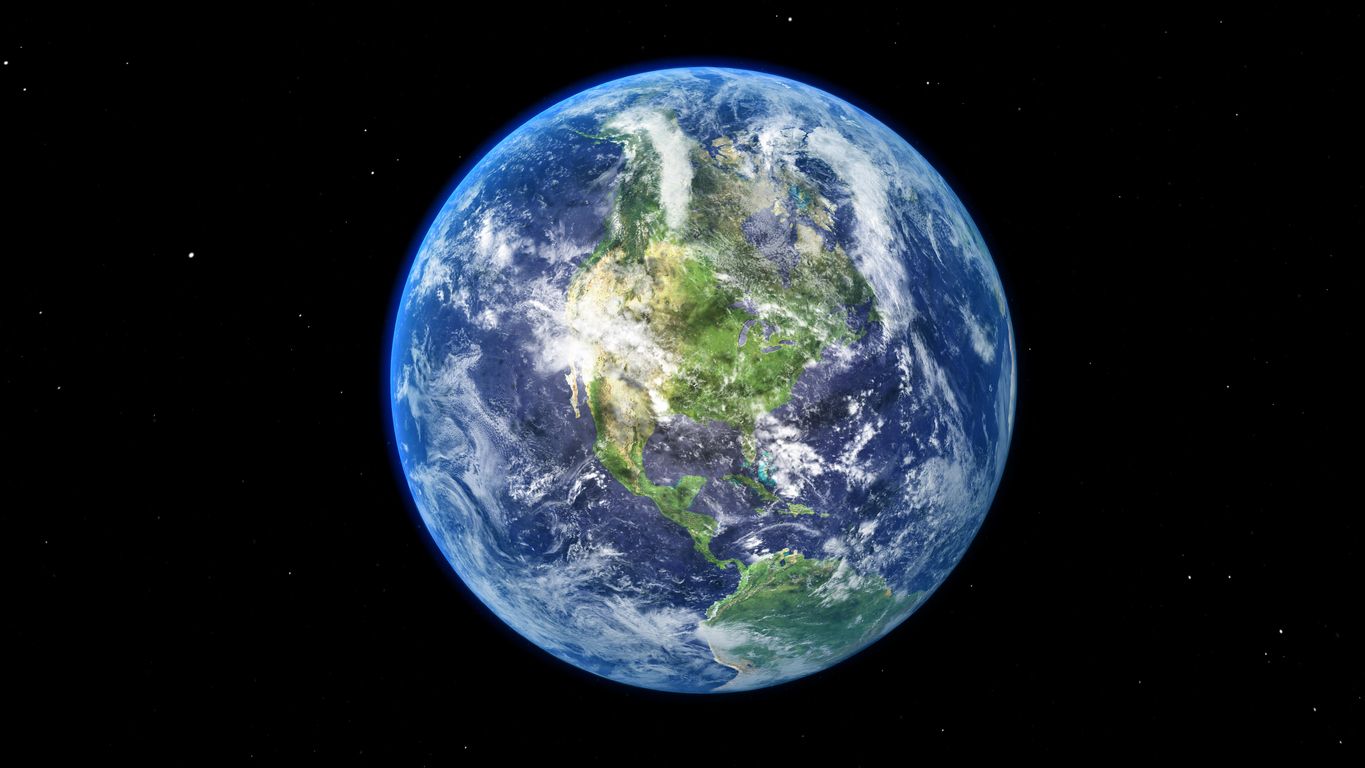2023/02/22
The Ozone Hole is about to Disappear; the Result of the Global-Scale Cooperative Control of CFCs and HCFCs

(The original article in Japanese was posted on January 20, 2023)
On January 9, at the 103rd annual meeting of the American Meteorological Society (AMS), Scientific Assessment Panel on Ozone Depleting Substances, consisting of the United Nations Environment Programme (UNEP), the World Meteorological Organization (WMO), the National Oceanic and Atmospheric Administration (NOAA), and others, announced their prediction that “If the current regulations maintain to be effective, the ozone layer will recover to the level of 1980, which is before the first ozone hole appeared over the Antarctic region, by around 2066; over the Arctic region by around 2045; and over other regions by around 2040.”
It has been pointed out from long before that the ozone layer that has been blocking the harmful ultraviolet radiation from the sun might be destroyed by chlorofluorocarbons (CFCs) and hydrochlorofluorocarbons (HCFCs) used as refrigerants. This potential risk was commonly regarded as a real crisis worldwide in 1984 when the first ozone hole was observed over Antarctica. Five years later, the “Montreal Protocol,” an international environmental agreement that regulates the production and consumption of the chemicals referred to as ozone depleting substances (ODS) entered into force, and since that time, the production and use of the regulated CFCs and HCFCs had been progressively abolished. As a result, the data of UNEP shows that about 99% of ozone-destroying chemicals have been phased out to date and the ozone layer in the upper stratosphere that covers the earth is on track to recover.
The cooling agents that have been developed and spread as a replacement of the ozone-damaging CFCs and HCFCs are HFCs, which have zero “ozone-depletion potential.” However, unfortunately, HFCs have a high value of global warming potential (GWP) that examines each greenhouse gas’s ability to trap heat in the atmosphere in comparison with carbon dioxide (CO2). The GWP value for HFCs (R-410A), which had been mainly used for home-use air conditioners, is 2,090 times higher, and that for HFCs (R-31), increasingly replacing R-410A, is 675 times higher than CO2. The Montreal Protocol was amended in 2016, defining HFCs as strong greenhouse gases and obligating their reduction in stages. This is called Kigali Amendment.
Japan also has been strengthening measures to reduce CFCs and HCFCs to steadily fulfill the requirements of the amendment by setting the target of a 450-times lower GWP value for HFCs to be attained by 2030 and an approximately 10-times lower by 2036. Further, Japan has been promoting the development of next-generation green refrigerants, measures to prevent the leakage of cooling agents from existing appliances, and thorough recovery of refrigerants from appliances to be disposed of, through cooperation between public and private sectors.
In response to the achievement of the reduction, Professor Petteri Taalas, Secretary-General of the World Meteorological Organization (WMO), said, “Ozone action sets a precedent for climate action.” This must be a message to the world facing new social divisions. This is not the time for fighting the war but that for responding immediately to the global challenges.
This Week’s Focus, January 20, 2023
Takashi Mizukoshi, the President